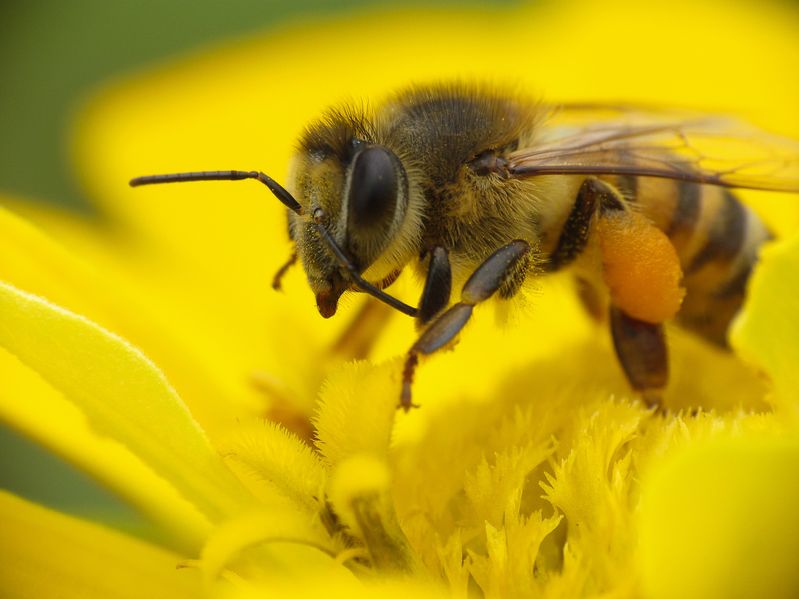What to Do on National Honey Bee Day
August 13, 2018
Despite domesticated beehives having a global population between 80 and 100 million, each of which contain 10,000-60,000 individual bees, their numbers are dropping quickly, with beekeepers reporting 40 percent losses each year and several bumblebee species even going on the endangered species list. Given bees pollinate roughly a third of the world’s food crop and 90 percent of wild plant life, the ecological implications are worrisome for the food chain, biodiversity, and human beings’ ability to produce enough food to survive.
It’s a considerable threat we’re facing, and that’s why August 18 is this year’s National Honey Bee Day, promoting awareness and bee-friendly solutions even we can use. Now, as to why bee numbers are going down, there are many factors at work, including habitat loss, pathogens, climate change, and, most notably, colony collapse disorder. This issue occurs whenever most of a hive’s adult worker bees just disappear, possibly, according to scientists, because of neonicotinoids, pesticides that lower a bee’s survivability considerably.
While the United States may be seeing stagnation in banning harmful pesticides, other countries have been taking strides that will hopefully catch on in the future. In April 2018, the European Food Safety Authority (EFSA) found certain neonicotinoids involve too much risk when it comes to bees, with the EU agreeing to ban the outdoor use of clothianidin, imidacloprid, and thiamethoxam. “Banning these toxic pesticides is a beacon of hope for bees,” Antonia Staats, who runs the global campaign group Avaaz, said. “Finally, our governments are listening to their citizens, the scientific evidence, and farmers who know that bees can’t live with these chemicals and we can’t live without bees.”
If you’re looking to do your part to help honeybees on August 18 and afterwards, you can start by planting a bee-friendly garden as well as other plant life native to your area, which will provide both the variety and nourishment bees need to survive. To get started, check out a few quick tips below to make sure you’re getting everything right:
- Consider letting your lawn grow, allowing pollen-rich wildflowers, such as clover, daisies, dandelions, and plantains, to thrive.
- Pick a variety of flower sizes and shapes to cater to different types of bee species, given their feeding techniques and foraging methods vary.
- Avoid using harmful pesticides, even going for more natural options if interested.
- Provide small basins of water for the bees, placing stones in them to prevent drowning.
- Make sure to have plants year-round, so bees can have food sources in winter.
- Provide bee houses for solitary bee species, which can just be wood blocks with holes.
While these changes may not seem like much, they are great steps forward for ailing bees everywhere and a brilliant way to spend your next National Honey Bee Day!
Ready to try some Manuka honey? Click here to get your order started and remember, we offer FREE shipping on all orders of $150 or more!
Copyright: ccalmons / 123RF Stock Photo


.jpg)




